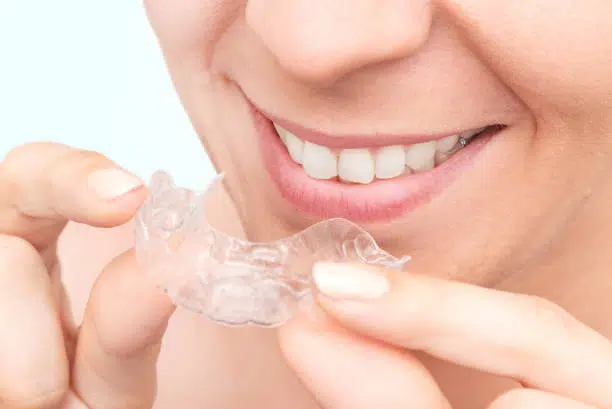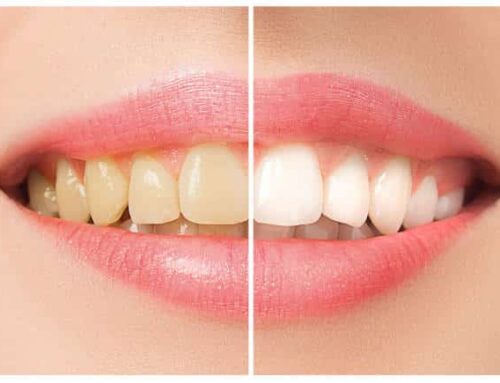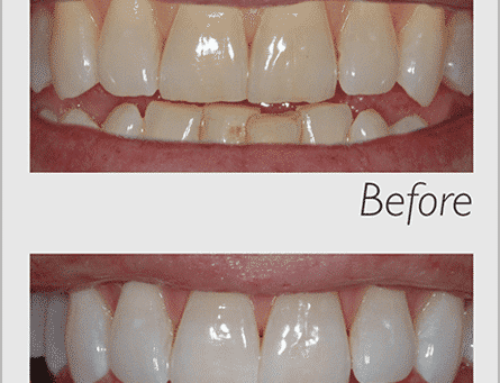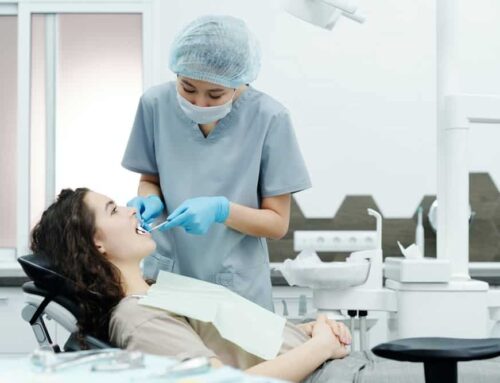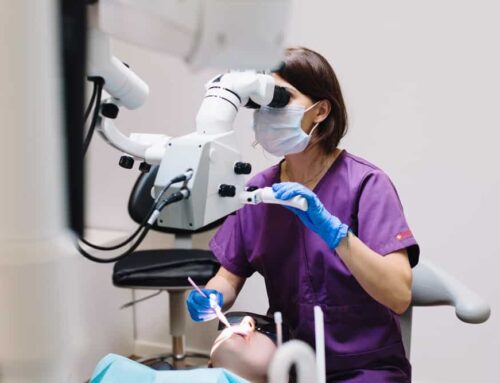Do you have crooked teeth and are ready to investigate teeth straightening options with your dentist or orthodontist? Moving your teeth can be a daunting, confusing and at times painful process, so it is vital that you seek professional help in setting up an appropriate treatment plan.
If you are wanting to pursue braces or aligners for your teeth or your child’s teeth there will be some big considerations regarding the best method of achieving this. It is important to undertake professional consultation with your dentist or orthodontist prior to deciding on treatment.
Why Straighten Your Teeth?
There are a number of reasons why you may wish to considerer straightening your teeth. A straight smile can be an incredible confidence boost, but aside from cosmetic reasons, straight teeth can also improve your quality of life.
Misaligned bites or jaws can make eating both painful and difficult. Straighter teeth make it easier for blood to flow within the gum tissue keeping it healthier as well as providing an easier surface to clean, helping to avoid gum disease. Crooked teeth are more prone to cavities than straight teeth as the surfaces of the teeth are often obscured and as a result, much harder to effectively clean.
Teeth Straightening Methods
Traditional metal braces
Made of metal brackets and wires, traditional braces are often favoured for more complex cases requiring a longer treatment time. This style of braces can leave staining on the face of the teeth post-treatment, which will require cosmetic teeth whitening to resolve. They also need regular assessment and tightening, meaning increased visits to your dentist or orthodontist.
In spite of this, traditional metal braces are seen as the gold standard when it comes to correcting not just crooked teeth but misaligned bites and jaws, overbites and underbites and much more.
Ceramic braces
Ceramic braces are much like traditional braces except that the brackets fixed to your teeth are tooth coloured. They offer the same benefits as metal braces, but are less visible. Ceramic braces can incur a higher cost than metal braces and are prone to staining.
This means your orthodontist may recommend avoiding coffee, tea, red wine or similar during the course of treatment. Given the lengthy time, most individuals will wear braces to achieve the desired result, these restrictions may mean ceramic is the least preferred option. Exceptional oral hygiene is required at all times while wearing braces but will be additionally important with ceramic braces.
Lingual braces
Lingual braces are traditional braces that are fixed to the back of your teeth rather than the front – this makes them virtually invisible. Lingual braces are not considered to be any more uncomfortable than traditional braces in the longer term but may cause some irritation to the tongue, teeth and gums initially.
Treatment time with lingual braces will usually be on par with traditional braces, however, your specialist orthodontist will be the best guide on this.
Teeth aligners
These virtually invisible aligners are best described as custom made, clear mouthguards. The aligners are frequently changed according to a planned schedule and progressively move your teeth into their new position.
Aligner treatment is increasingly popular due to its appearance and comfort when compared with traditional metal braces. Aligners are removable while you eat, allowing you to enjoy all your favourite foods and making it easy to carry out brushing and flossing.
Additionally, clear aligners will not damage or discolour the exterior of your teeth and require fewer visits to your dentist than standard braces. Teeth aligners are not a suitable treatment option for all cases of crooked teeth, your dentist will be able to advise the best course of treatment depending on your situation.
Risks Associated With Braces
Orthodontic work such as braces or Invisalign clear aligners does come with some risks. Some of these risks can be lessened through proper care and thorough dental hygiene. Things to watch out for include:
- Toothache and discomfort. This is especially common in the days following the tightening of your braces or changing of your aligner, over the counter pain relief can greatly reduce this discomfort.
- Small cuts and ulcers inside your mouth. These are perfectly normal at the beginning of treatment while your mouth adjusts to the shape and feel of the braces. To support the healing and protection of sensitive mouth tissue, we recommend the use of specialised orthodontic wax.
- Ginigvitis and gum dieases. Poor oral hygiene is the leading cause of these conditions and when combined with braces, can slow down the movement of your teeth. Ensuring you brush and floss effectively can keep these issues from occurring.
- Demineralisation of the tooth enamel. This can occur during orthodontic treatment and is something your orthodontist will be keeping an eye on and addressing as needed. Avoiding sugary drinks, using a fluoride mouthwash and brushing well can help avoid this complication.
- Flares of pre-existing issues. With the movement of your teeth, you may find that past issues such as root canals or fillings need attention. However, this is a rare complication and one that can be addressed should it arise.
To learn more about straightening your teeth and the options available, contact the qualified team at Alexandra Hills Dental today on 07 3824 4488.

